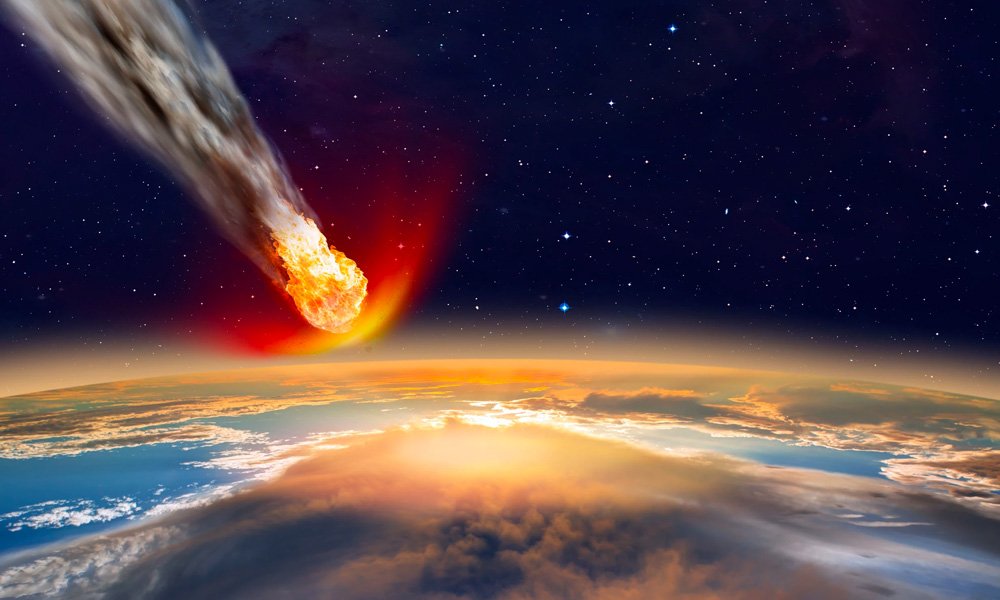Every year, thousands of small meteorites fall on Earth. Usually, we don’t see them because they land in uninhabited areas or the ocean. These small space rocks don’t pose a danger to our planet. But there are millions of big asteroids orbiting our solar system, and the possibility that one of them breaks away and hit Earth has NASA working overtime to find a way to defend our planet from a potential doomsday asteroid.
It has been more than 65 million years since a catastrophic collision with our planet. But scientists know that an asteroid collision could easily send humanity the way of the dinosaurs and extinguish the light of our great civilization.
That’s why the “rediscovery” of the infamous asteroid 99942 Apophis in June 2004 raised alarms among scientists because initial calculations had shown there was a good possibility it could crash into the earth on April 13, 2029.
Since its discovery, optical and radar telescopes have been tracking Apophis’a trajectory as it orbits the Sun, and scientists believe it will not impact our planet in 2029.
Current calculations show it will come really close to the Earth at around 20,000 miles from our planet’s surface that year.
However, some astronomers say there is still a small probability that Apophis has a chance of impacting Earth in its close encounter with our planet. And if it misses us, it could set up a future impact exactly seven years later in 2036.
So you may find it reassuring to know that NASA has a plan about what to do if a doomsday space rock is headed our way.
The space agency is currently preparing for an Armageddon-like mission of crashing a spacecraft into an asteroid this month, and it wants the public to watch live.
In a plan straight out of a sci-fi film, NASA’s Double Asteroid Redirection Test, or DART, will crash into the asteroid Dimorphos, which orbits a larger asteroid named Didymos, in order to determine whether the collision can change the asteroid’s course. The collision will happen about 6.8 million miles from Earth. Coming in at 15,000 mph.
Scientists say neither asteroid is headed toward Earth, but Dimorphos, an estimated 520 feet long, is an asteroid that could cause significant damage if it were to hit Earth.
The impact won’t destroy Dimorphos but it will change the asteroid’s orbit by about 1%, which would be enough to divert one from Earth.
With this experiment, the scientists are also looking to observe the exact effect that the collision will have and also how the debris in the space will react in case of a similar situation.
The spacecraft is expected to collide with the asteroid on September 27. The agency will livestream the event on NASA TV and on its website.
Watch more on the report below from File 51:



















